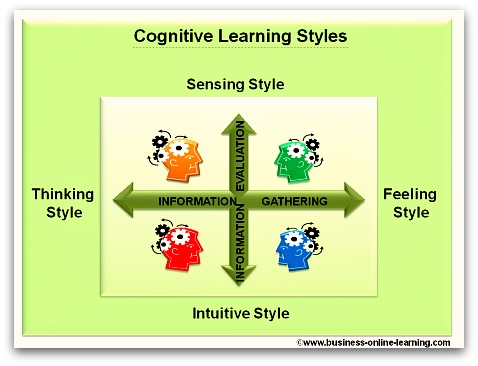Boundary Examination
- This method of boundary examination is useful in exploring or defining problems or their potential solutions.
- (This picture of my son testing the boundaries of his newly conquered island!)
- The idea is, that by defining a problem, you are focusing in on the real issues and clarifying what is to be done. It separates the relevant issues from those that are irrelevant.
- The problem boundary
clearly divides or separates the highly relevant issues which are inside
to boundary to those that are less relevant and outside the boundary.
- It is an approach that is amazingly easy to understand as well as one that has a huge effect.
- If
someone else has provided the boundary in this situation, it may be
well considered to review that boundary as the other person may have a
different perception of the situation to yourself. They may have biases
or concerns different to your own.
- The boundary setting may indeed become part of the problem!
This simple method from De Bono is designed to bring potentially relevant aspects back into awareness.
1. Write down an initial statement of the problem.
2. Underline the key words.
3. Examine each key word for hidden assumptions. Try at this stage to replace these key words with synonyms to see how the meaning of the statement changes.
4. Once you have explored how your choice of key words affects the meaning of the statement, review your problem definition to see if you can redefine the problem in a better way.
5. The aim is not really to change the position of the limits but more aptly to understand clearly how our wording in a situation will affect the assumptions we will make about the boundary.
Example Of Boundary Examination
“We need to understand the concepts of problem solving strategies for our employees in R&D.”
1. Do we “need” ? What about wanting to? What happens if we don’t?
2. Do we need to know about “Strategies”, perhaps methodologies would be better? Techniques?
3. R&D? Perhaps, using an elegant system, we can train all employees in from all functional departments.
Adapted from de Bono (1982) Lateral Thinking for Management, Penguin books.
|
|
|
Our Challenge to you
Try out Boundary Examination on the next issue that arises today! Do you want to let us know how it turned out? Contact us.
Go to the top of Boundary Examination Page
Business Online Learning Homepage ›
Problem Solving Pages ›
Boundary Examination Technique













 My name is Martha and I have worked for over 30 years in various aspects of business and in various countries, right around the world.
My name is Martha and I have worked for over 30 years in various aspects of business and in various countries, right around the world.